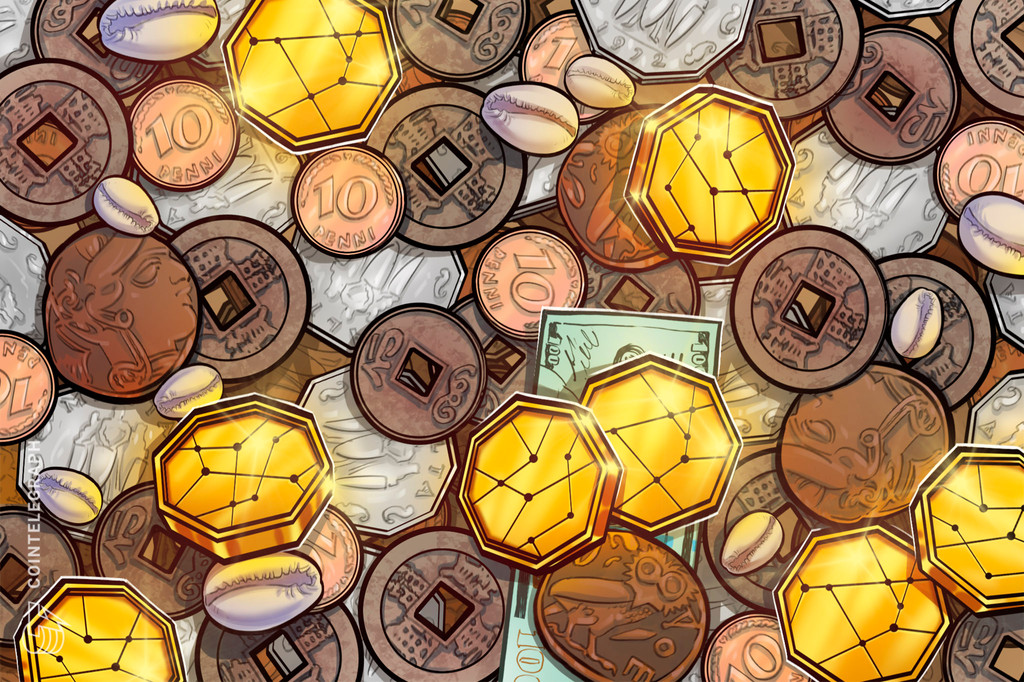Money has evolved from simple objects of barter to cryptocurrencies. Money emerged as a means of facilitating trade and cooperation among strangers. As human societies grew more extensive and complex, the need for a common medium of exchange became increasingly important.
From a realist political perspective, concepts like value and possession played a part in human interactions from their early days. The first forms of money were objects of barter, such as stones and livestock. These objects were used to facilitate trade and were valued based on usefulness, scarcity, demand and supply.
With larger human settlements and the propertization of humans’ surrounding environment after the agricultural revolution, notions like the economy, trade and, eventually, money arose. The use of commodity money can be traced back to ancient civilizations, where goods were used as currency. However, it was the emergence of metal currency as a new medium of exchange that had a significant impact on the evolution of money.
Metal money was an essential tool in developing centralized political structures and the rise of modern states. Metal money allowed rulers to build bureaucracies and armies necessary to maintain control over large territories. The use of money also facilitated trade and commerce, leading to greater wealth and growth. It allowed for the development of uniform exchange rates, which fostered further economic growth and trade.
In the early days of banking, goldsmiths would store the gold and other metal money in their vaults, issuing receipts that could be used as a form of payment. These receipts soon evolved into representative money. Individuals used paper certificates to depict the value of the commodity, ultimately leading to the development of paper money, which is still in use today.
Until about 50 years ago, money was only physical. In the modern era, fiat money in the form of digital money has become a dominant form of value exchange, utilizing electronic record-keeping of banking transactions. Fiat money is backed by the government and the central bank and is valued based on people’s trust in said institutions. Indeed, the government has the power to control the money supply. It can increase or decrease the value of fiat money through monetary policy, such as by printing more money or raising interest rates.
Fiat money today is typically not backed by a commodity, such as gold, or linked to a stockpile of other…
Click Here to Read the Full Original Article at Cointelegraph.com News…
























